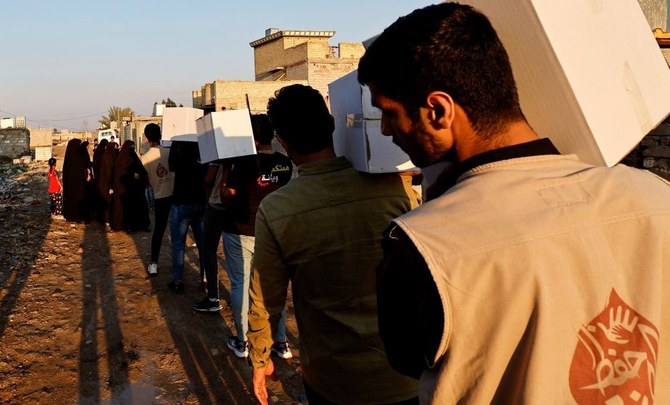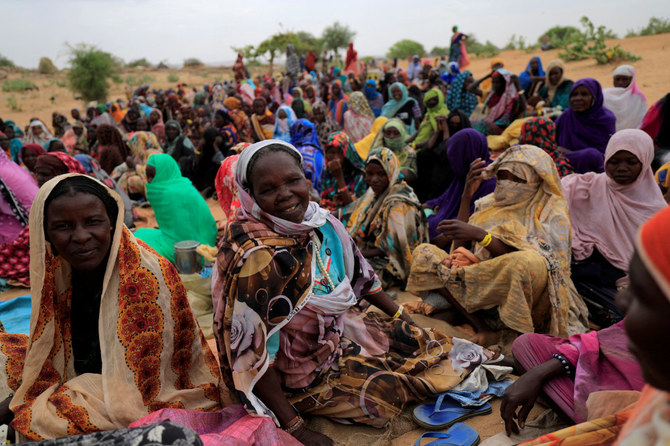
It is not an exaggeration to argue that the political, security, humanitarian and economic landscapes in Lebanon, Syria and Jordan are closely interconnected. While prosperity and growth in one of these Arab nations directly affects the other two, so do economic woes and political instability.
Many of the problems that these three bordering Levantine nations currently face began with the Syrian civil war. Civil wars can inflict devastating damage on infrastructure and, more importantly, disrupt production and manufacturing processes in conflict-affected nations, as well as the countries adjoining them.
It is worth noting that Lebanon and Jordan continue to experience the spillover of the conflict in Syria, which has not yet fully ended. Some parts of the country remain very unstable and insecure. This is particularly true of the southern areas of Syria, including the city of Deraa, which was the birthplace of the uprising and is considered to be one of the most strategic places in the country. Deraa is close to the border with Jordan, as well as the Syrian Golan Heights region of Quneitra.
Another important dynamic that has directly affected Lebanon and Jordan is the huge influx of Syrian refugees to their nations. After more than 12 years of conflict, Syria remains the largest refugee crisis in the world. The UN Refugee Agency reported in March that more than “14 million Syrians have been forced to flee their homes in search of safety.”
Jordan has the second-largest number of refugees per capita in the world. According to the UN High Commissioner for Refugees, Jordan currently hosts some “675,000 registered refugees from Syria, who began fleeing in 2011 when the crisis in their country brought unimaginable suffering on its citizens. Most Syrian refugees in Jordan live in its towns and villages, among local communities. Only 17 percent live in the two main refugee camps, Za’atari and Azraq.”
Lebanon, meanwhile, now hosts the highest number of refugees per capita worldwide. “The government estimates 1.5 million Syrian refugees and 13,715 refugees of other nationalities. Ninety percent of Syrian refugees are living in extreme poverty,” according to the UN Refugee Agency.
As a result, it should not come as a surprise that many people in Syria, Lebanon and Jordan are facing severe economic hardship. Unemployment in all these countries is above 10 percent. Lebanon’s economic crisis has been characterized as one of the 10 worst globally since the 19th century. Syrians are facing a record level of food insecurity and increasing prices for basic necessities. Syria’s currency, which was trading at about 47 pounds to the US dollar just before the unrest erupted in 2011, recently hit an all-time low and $1 is now worth about 13,000 Syrian pounds. Inflation also hit 139 percent in 2022. This placed it fourth in the world in terms of highest inflation rates, only ranking behind Venezuela, Sudan and Lebanon, according to the World Population Review.
Many of the problems that these three bordering Levantine nations currently face began with the Syrian civil war.
Dr. Majid Rafizadeh
Nevertheless, many of the problems Damascus, Beirut and Amman face can be adequately addressed and resolved if they cooperate closely with each other on several fronts.
In order to accomplish this objective, the first thing required is a united political will. The leaderships in Syria, Lebanon and Jordan can create a comprehensive, unified and long-term vision that advances their economic, humanitarian and political dynamics, all while taking into consideration the fact that their nations’ sociopolitical and economic landscapes are intertwined.
Several countries in the region have set up long-term and inspiring visions in order to direct their nations toward a better and more prosperous future. For instance, Saudi Arabia’s Vision 2030 is one of the most ambitious and comprehensive plans introduced in the modern Middle East because it encompasses not only economic, but also environmental, social and religious landscapes, along with political reforms. The UAE also has the “We the UAE 2031” vision, which represents “a national plan through which the UAE will continue its development path for the next 10 years, with focus on social, economic, investment and development aspects. The plan seeks to enhance the position of the UAE as a global partner and an attractive and influential economic hub.”
After the leaderships in Syria, Lebanon and Jordan set up a firm and united vision, they can chart a path to cooperate closely on security issues, securing their borders, enhancing political stability, attracting foreign investment and increasing revenues from tourism thanks to their historical significance. They must invest in their infrastructure, address food insecurity and power shortages, tackle the smuggling of drugs from Syria, and pave the way for Syrian refugees to safely return to their homes.
Without a doubt, such a plan will take time to bear fruit. But as the saying goes, Rome was not built in a day.
Syria, Lebanon and Jordan all have historical and cultural significance and they made significant contributions to civilization in the past. If they cooperate closely on security, social, economic and political matters, not only can they adequately address many problems of those they currently face, but they can also become examples for other nations to follow.
In summary, the political, economic, social and security landscapes in Syria, Lebanon and Jordan are intertwined. These three Levantine nations need a united and strong vision, as well as close cooperation on several fronts, in order to address the difficult issues they are facing.
• Dr. Majid Rafizadeh is a Harvard-educated Iranian-American political scientist.
Twitter: @Dr_Rafizadeh
Disclaimer: Views expressed by writers in this section are their own and do not necessarily reflect Arab News" point of view












